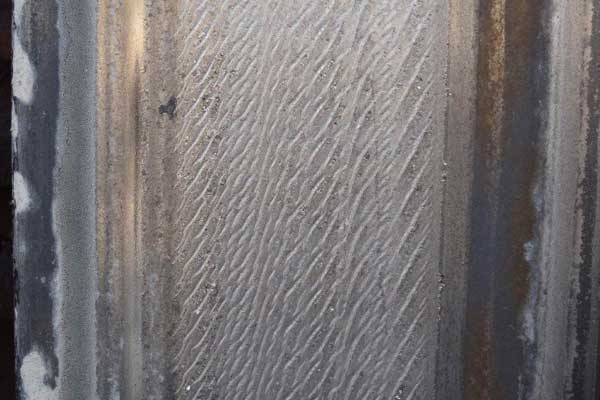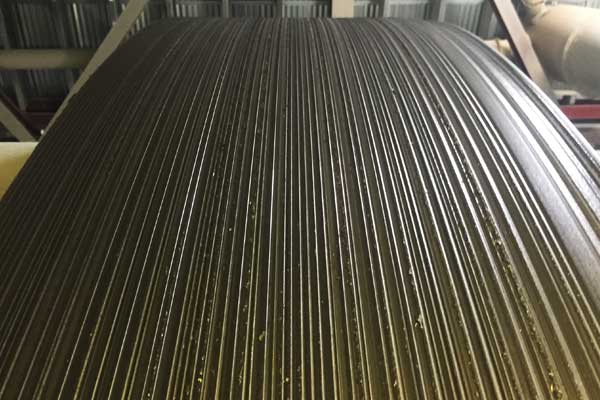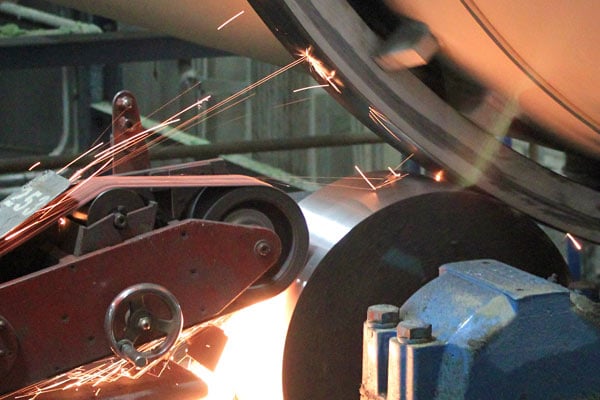Tire and trunnion wheel grinding is an essential aspect of rotary drum maintenance, whether working with a dryer, cooler, kiln, or granulator. Problems starting with tires and trunnion wheels can quickly propagate throughout the rest of the drum, causing premature equipment failure. For this reason, any wear on tires and trunnions should be immediately addressed.
Identifying Tire and Trunnion Wheel Wear
There are many potential causes of tire and trunnion wear. Because tires and trunnion wheels carry the full weight of the drum, however, any wear should be immediately addressed to avoid putting additional strain on equipment and causing further damage.
Furthermore, uneven wear on tires or trunnion wheels can be an indication that the rotary drum is experiencing an underlying issue and may be in need of additional maintenance to prevent potentially serious problems.
Operators should routinely conduct a visual check of these load-bearing surfaces for signs of wear, such as timining marks, pitting, rolled-over edges, and spalling (chips in the surface). Pitting, for example, is caused by corrosion and is visible when the surface of the tires or trunnion wheels have an orange peel-like appearance. Several examples of different wear patterns are shown below.



Because wear can also cause slight vibrations, operators should also be listening for auditory clues indicating that a drum may require maintenance as well.
Addressing Damage in Load-Bearing Surfaces with Grinding
Catching problems before they have a chance to escalate is the best policy against avoiding costly downtime, making grinding an essential aspect of rotary drum maintenance.
Operators noticing any of the symptoms described above should seek advice from a qualified rotary drum service provider immediately. When caught early, these problems can easily be fixed, often times while the unit is still in operation.

The grinding process reconditions worn surfaces to like new, by grinding away the outer layers of the component to reveal the undamaged surface below. It’s important to note, however, that grinding is only an option when wear does not exceed a certain threshold, as excessive grinding changes the diameter of the component, which has additional implications.
The grinding process, which varies anywhere from a few hours to a few days depending on the severity of wear, should then be followed by drum realignment.
FEECO Customer Service Engineers offer a number of parts and service options to keep rotary drums running their best, tire grinding and alignment included. Our engineers can travel to your site to diagnose and eliminate problems such as timing marks, taper wear, irregular face profiles, and so much more.
For more information on our services, contact us today!


